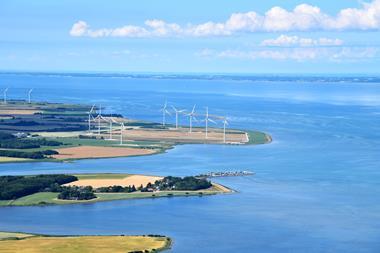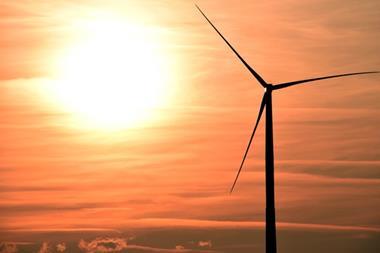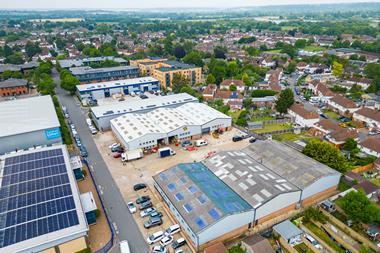A new report has warned investors against ignoring the impact that investing in the energy transition could have on nature.
UBS Asset Management and Planet Tracker have called for a sustainable approach to investing in energy-transition solutions, including renewables, to mitigate adverse effects on natural ecosystems.
The practical guide, Climate meets nature, is aimed at industry practitioners and reveals the complex balance and trade-offs between climate and nature in the energy transition.
Focusing on three key technologies – solar, wind, and bioenergy – the report encourages investors to analyse the potential environmental impacts alongside the benefits offered by these renewable energy sources.
The report shows the potential investment risks associated with neglecting natural capital considerations. The impacts and dependencies are “complex, location-specific, and are not easily substituted, even within the same company”, it says.
“[While] investors recognise the existential threat posed by natural capital degradation, they lack a roadmap for systematically factoring these risks into investment decisions.”
The report points out that fossil fuel-based energy sources “still have a much bigger overall impact on the environment”, particularly when compared to solar and wind power. “However, no energy transition technology is free from impacts. When poorly managed the energy transition can cause unintended damage to natural capital and in turn on climate,” it adds.
Lucy Thomas, head of sustainable investing at UBS Asset Management, said: “Climate change, nature and biodiversity loss are inextricably linked.
“To manage natural capital risk properly, investors require an understanding of how these risks impact the business model of companies and assets to help determine the risk premium and impact on cash flows.”
![]()
John Willis, head of research at Planet Tracker, said: “This report is a practitioner’s guide and is relevant for engagement, investment decisions in public and private markets, for financing, for companies.
“We hope this can be a starting point to start building metrics to measure nature impacts from renewables.”
To read the latest IPE Real Assets magazine click here.























